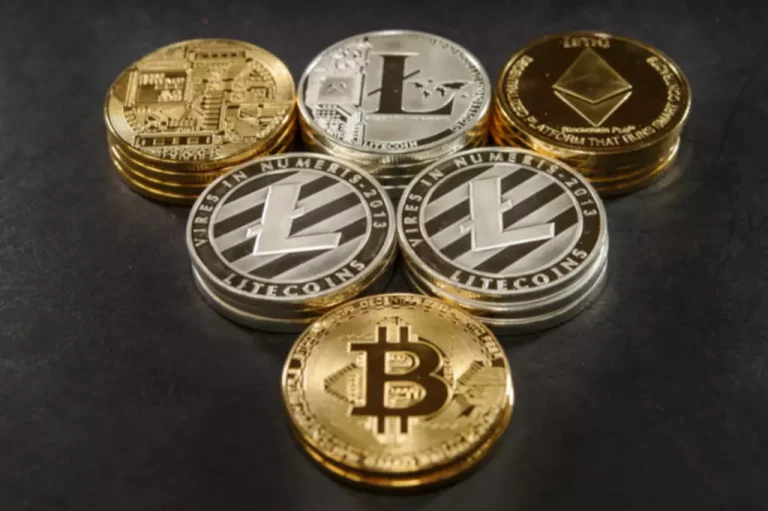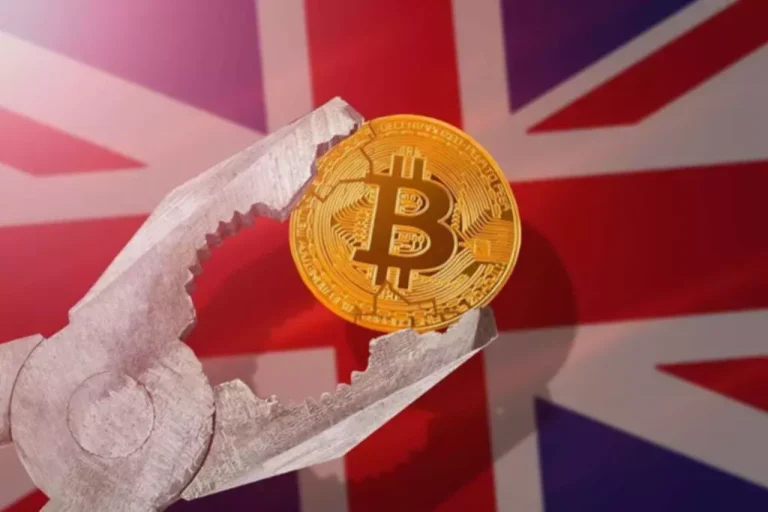What Are Automated Market Makers Amms?
It can additionally be essential to understand why liquidity is an important concept in the case of Automated Market Makers or AMMs. The major way during which AMMs work is the foremost cause automated market maker for emphasizing the significance of attracting liquidity. Higher levels of liquidity within the pool may guarantee limited possibilities of slippage for big orders.
As for AMMs, any entity can become liquidity suppliers as long as it meets the necessities hardcoded into the sensible contract. You could also discover the name of Curve Finance among the high AMM protocols in present times. It is basically a decentralized trade that focuses largely on trading stablecoins. The focus of Curve Finance on stablecoins helps it in making certain minimal fees for trades alongside decreased considerations of slippage. If you’re promoting BNB in return for BUSD on the Binance DEX, then you could have someone on the other facet of the transaction who purchases BNB with the BUSD of their possession. On the opposite hand, you’ll find a simple answer to “How do automated market makers work?
In all totally different variations of CFMM, liquidity suppliers provide assets which are pooled in an open smart contract. A buying and selling pair includes two or more complimentary swimming pools of crypto property or tokens. A traditional market maker is an individual or an establishment https://www.xcritical.com/ that gives liquidity to a market by placing both buy and sell orders on a trading platform using an order book. This market-making permits different market individuals to freely buy and sell securities/digital property at fair costs.
As within the earlier example, when offering liquidity to a Uniswap liquidity pool, LPs present an equal ratio of two different property. But, if you deposit one ETH worth $3,000 together with 3,000 USDC, there’s no assure that this ratio would be the identical if you withdraw your liquidity. In truth, LPs can find yourself worse off if these fluctuations are drastic and asset prices change considerably. Instead, patrons and sellers interact directly by way of good contracts. Algorithms decide the rules for AMMs, and asset prices rely on a mathematical formulation. Though these formulas range between protocols, the formulation used by Uniswap is a superb instance of what number of AMMs work.
What Is Galxe? Full Galxe Crypto Review And Gal Coin Analysis
For instance, Balancer permits for the liquidity pooling of up to eight completely different tokens. Compared to liquidity swimming pools based simply on two cash, this makes value volatility significantly lower. Automated market makers were among the many first decentralized finance purposes and are nonetheless among the most well-known DeFi merchandise right now.
Impermanent loss is the difference in worth over time between depositing tokens in an AMM versus merely holding these tokens in a wallet. This loss happens when the market-wide price of tokens inside an AMM diverges in any path. The revenue extracted by arbitrageurs is siphoned from the pockets of liquidity suppliers, making a loss.
Fixed Sum Market Maker (csmm)
Although typically worthwhile, utilizing automated market makers (AMMs) is inherently risky. Always do your individual analysis (DYOR) and by no means deposit more than you’ll find a way to afford to lose. Traditionally, market makers assist in finding one of the best costs for traders with the bottom bid-ask spread on centralized order books. The bid-ask spread is the difference between the highest worth a purchaser desires to pay and the bottom price a seller will accept. This technique typically entails advanced strategies and might require a lot of resources to take care of long-term. When traders place a transaction to swap crypto they submit an quantity of asset A which returns a given quantity of asset B.
Newtopia Engages ICP Securities Inc. for Automated Market Making Services – Canada NewsWire
Newtopia Engages ICP Securities Inc. for Automated Market Making Services.
Posted: Fri, 22 Mar 2024 07:00:00 GMT [source]
Uniswap is nicely known for its simplicity, permitting users to pair any two ERC-20 tokens in a 50/50 ratio, creating extremely accessible liquidity swimming pools. Curve takes a specialised approach by specializing in swimming pools of similar assets, like stablecoins, offering low slippage and efficient trades. Balancer pushes the envelope additional by enabling dynamic swimming pools with up to eight completely different belongings in customizable ratios, offering unparalleled flexibility. Non-permanent loss is the main and commonest risk faced by liquidity providers in AMM. In essence, this is the discount within the value of the token that users expertise when depositing tokens in AMM, compared to if they held them within the wallet for a similar time. The market maker costs every bet so that he’s indifferent between a dealer declining and accepting it.
Liquidy Pool Use Instances, Necessities, And Rewards
Below we look at a choice of the most well-liked AMMs and some of the key variations between them. Still, the sensible contracts used in AMMs want liquidity so as to function. AMMs set the prices of digital belongings and provide liquidity in the form of liquidity pools. Clipper develops an AMM that has a similar end result however gets there in a very completely different method [10]. Similar to Dodo, these two extremes are mixed on a steady spectrum parameterized by a slippage parameter, k. This can turn out to be significantly harmful for configurations closer to a CSMM (k near 0) with an unreliable oracle.

A smart contract ensures that the whole worth of the liquidity pool is similar earlier than and after each transaction. Impermanent loss occurs when the costs of two property in a liquidity pool change, causing the value of one asset to increase whereas the other decreases. This happens as traders purchase one token in the pool whereas selling the other. With each trade, the worth of the pooled ETH will progressively recover till it matches the usual market fee. Notably, only high-net-worth individuals or firms can assume the position of a liquidity supplier in traditional exchanges.
Liquidity Swimming Pools And Liquidity Suppliers
It has introduced the likelihood for executing financial transactions between two events with none intermediaries for exchanging assets in a trustless strategy. The growth of centralized exchanges similar to Coinbase has been fairly commendable. The journey doesn’t stop here; the AMM model continues to evolve via hybrid, dynamic, proactive, and virtual AMMs. Hybrid CFMMs mix numerous formulation to balance liquidity density and threat, optimizing trades and lowering price impact. An example is Curve’s stableswap invariant, which provides environment friendly swaps between stablecoins with minimal slippage. The decentralized finance landscape is progressing at a quick pace, with Automated Market Makers on the forefront of this transformation.

Liquidity suppliers (LPs) are customers who deposit tokens in DeFi smart contracts in order that their crypto belongings can be used for trading, borrowing, or lending by other customers. Another notable entry amongst Automated Market Makers in present instances would check with Kyber Network. As a matter of reality, Kyber Network is considered one of the oldest AMM protocols in the market.
While buying and selling fees could play a supporting function in mitigating the losses, the chance of impermanent loss could be necessary. As a outcome, DEX users can get pleasure from appreciable ranges of autonomy for initiating trades instantly via their non-custodial wallets. However, essentially the most interesting facet of decentralized exchanges is the alternative of order-matching methods and the order book model with autonomous protocols known as Autonomous Market Makers or AMMs. Instead of relying on the traditional consumers and sellers in a monetary market, AMMs keep the DeFi ecosystem liquid 24/7 by way of liquidity pools. When you make exchanges on decentralized exchanges, you don’t work together with different merchants.
What Are The Risks And Limitations Of Amms?
Through oracles, DEXs can even concentrate liquidity inside these value ranges and enhance capital effectivity. This also reduces the danger of slippage, since costs are more in sync with different markets. Impermanent loss occurs when the worth ratio of pooled belongings deviates from the tokens’ initial values. Liquidity suppliers mechanically incur losses if and solely when they withdraw funds throughout a period of such fluctuation. Balancer made CMMM well-liked by pooling its liquidity into one CMMM pool somewhat than a number of unrelated liquidity pools.

A slippage threat in AMMs refers back to the potential change within the price of an asset between the time a commerce order is submitted and when it is truly executed. Large trades relative to the pool dimension can have a significant influence, causing the final execution value to deviate from the market worth from when the commerce was initiated. DEXs reward users with a portion of transaction charges and, at occasions, additional governance tokens for providing liquidity. AMMs work by replacing the standard order guide model with mathematical formulation and logic wrapped in sensible contracts.
Slippage is the difference between the expected worth of a commerce and the precise price following the execution of the trade. When a dealer places a large purchase order on an illiquid token, the price can enhance dramatically. Naturally, the identical may happen in reverse when a dealer executes a large sell order, pushing the price down.
An example of such a model is Curve Finance, which mixes CPMM and CSMM models to supply a capital-efficient platform to exchange pegged assets. Despite this, CSMMs are not often used as a standalone market maker, because of liquidity concerns about handling massive trades. The SushiSwap staff launched what is named a “vampire attack”, whereby a protocol attempts to steal LPs from a competitor by providing higher rates and rewards. SushiSwap managed to lure Uniswap LPs to the new SushiSwap protocol by offering SUSHI token rewards on high of attractive trading charges.
